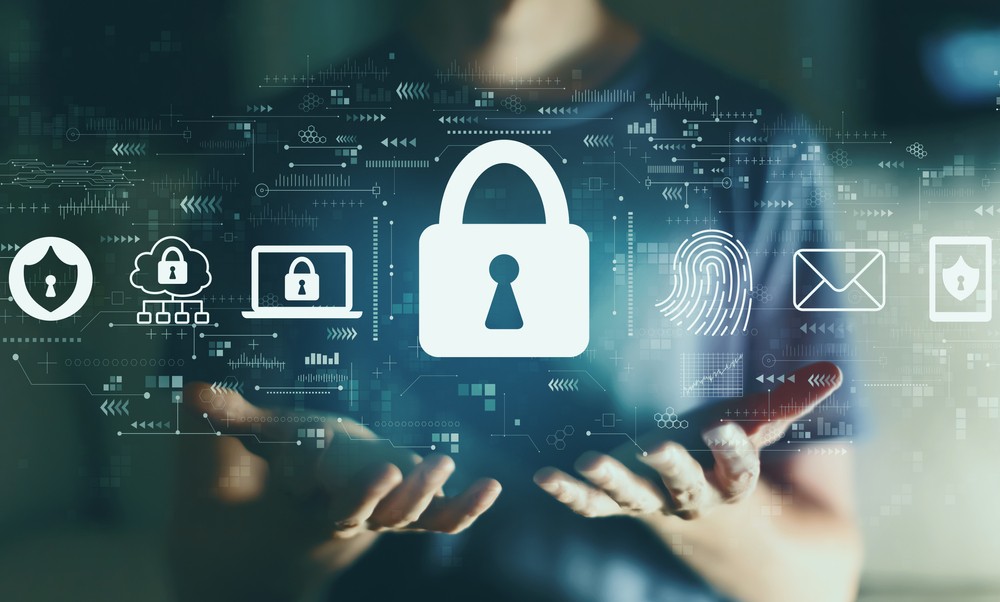DigiCert has released its 2022 State of Digital Trust Survey that finds that almost half of consumers (47%) have stopped doing business with a company after losing trust in that company’s digital security. If companies do not manage digital trust, 84% of their customers would consider switching, with 57% saying switching would be likely.
Digital trust enables organizations and individuals to participate in the connected world with the confidence that their digital footprint is secure. Amid the backdrop of an expanding attack surface, leading organizations require digital trust for a variety of use cases, including connected device and user identity and access, data integrity, software security, email protection, and web and digital content integrity. Companies that are strategically investing in digital trust are positioning themselves now as stewards of a secure, connected world.
“Digital trust isn't just a buzzword. It provides the freedom to fully participate in the digital world,” said Jason Sabin, CTO at DigiCert. “It has become crucial to maintaining customer loyalty and the loss of it has a direct impact to the brand. If customers lose confidence in the digital trust competency of a vendor, they’ll eventually leave.”
One hundred percent of enterprises surveyed said digital trust is important. Top reasons include the growing importance of data, an expanding threat surface, an increase in bad actors and pressure from customers. Nearly all (99%) enterprises believe it is possible that their customers would switch to a competitor if they lost trust in the enterprise’s digital security.
Enterprise and Consumer Perceptions Differ
It’s also essential to take stock of how customers perceive the digital trust of an organization. Ninety-nine percent of enterprises said their customers have more confidence in the enterprise’s digital trust today than in the past. Nearly three quarters (73%) said it is significantly more. Organizations recognize the importance of digital trust to their success, and top digital trust initiatives include increasing customer loyalty, reducing the number of security incidents and meeting regulatory requirements. But it isn’t easy. The top three challenges IT cited include managing digital certificates, meeting regulatory compliance and handling the massive scope of digital assets to protect.
Consumers don’t have the same perceptions as organizations. More than half (57%) of consumers surveyed have experienced cybersecurity attacks. Top attacks include account hacks, password exposure, and bank or credit account theft. Less than half of the consumer respondents said their digital trust in the organizations they deal with is more than in the past, and 54% say there is room for improvement.
Regional Differences
North America leads the world in rating digital trust as extremely important, followed by Asia-Pacific (APAC). Ninety-one percent of APAC consumers are concerned about cyber threats, more than anywhere else in the world. For a region with stringent privacy laws, EMEA consumers are surprisingly relaxed about digital trust and have the lowest level of concern for cyber threats. However, EMEA shows strong interest at the enterprise level. Latin America-based enterprises lag behind the other regions in viewing digital trust as extremely important.
Enterprises Valuing Digital Trust Perform Better
The survey included a series of questions to determine how well (or poorly) each respondent was doing across a wide range of digital trust metrics. After the scores were totaled, the respondents were split into three groups: leaders, laggards and those in the middle. The leaders and laggards were then compared to examine the differences and explore what the leaders were doing better.
The leaders report doing three times as well as laggards with eCommerce website performance and availability, and 2.9 times as many say they’re doing well at preventing phishing or other email-based attacks. The leaders range from 10% better to 300% better in every metric. Overall, the leaders’ approach to digital trust is more strategic. For example:
• The top tier is 4.5 times as likely to believe a loss of customer trust will lead to a loss of that customer. They are also more likely to believe that digital trust affects their brand, sales and margin. In addition, they are 5.6 times as likely to say they would switch business partners if they lost trust.
• The top tier is further along in their digital trust journey and will complete that journey much earlier than the bottom tier.
• The top tier takes cyber threats much more seriously. They are 1.5 to 2.3 times as likely to be concerned about cyber threats.
• The top tier is up to three times as likely to be engaged with important cybersecurity safeguards.
Recommendations
DigiCert recommends the following steps to improve digital trust:
• Make digital trust a strategic imperative. This was one of the clear differentiators for the top-tier enterprises, which recognized that digital trust impacts important business outcomes such as brand, customer loyalty, revenue and margins.
• Establish a Digital Trust Office within your organization’s technology function, with a clear leader empowered with decision-making power.
• Recognize that digital trust awareness is rising among your users, including consumers, and that your business success and reputation are tied directly to your ability to ensure digital trust at a high level.
• Enlist expert help in your quest for digital trust. One of the digital trust challenges cited by enterprises was a lack of staff expertise. Make sure the partners you bring on have a comprehensive portfolio spanning the building blocks of digital trust and can provide solutions for unified trust management for your entire organization.
• Remember — your customers care about digital trust and protecting servers, users, devices, documents and DevOps processes. Establish clear lines of digital trust communication with them, explaining not only your commitment to digital trust but also your progress.




